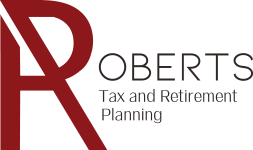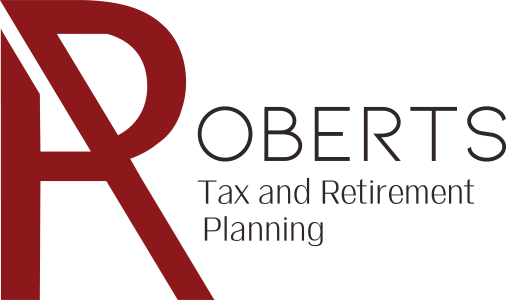Knowing how much you need to retire can be tricky. There’s a different suggested amount on every financial site you go to, and even those numbers change every year. Social security is always discussed with an air of panic, and fewer and fewer businesses are offering pensions. But there are a few calculations you can do to find a more accurate retirement goal for yourself, and that number might be lower than you think.
Base your retirement goals off your spending instead of your income.
Most charts you find online base your goal off your current income. This can put you momentarily in the odd position of wondering if a raise is really worth the higher cost of retirement, but that’s only because of the flawed mechanism. Basing retirement age spending off your current income only makes sense if you’re spending exactly what you make, and that’s very rarely true. It’s far more important to take into consideration what your annual spending is and to make your predictions accordingly. Judging your savings by your spending is also a useful metric because it forces you to evaluate your current and future spending.
Know which costs are going to go up and which are going to go down.
Medical costs tend to go up in retirement. But you might have a dedicated HSA or medical account to counter the spending, or you need to take higher expenses into account. You might travel more, but daily commuting costs will disappear. Not having to be close to your job means you have the option of moving to a different house with lower property taxes, especially since you no longer need to be close to a great school or downtown offices. Regardless of the ups and downs in your various expenses, it’s important to sectionalize your current and forecasted spending so you have a better idea of what you’re saving for.
Retirement forecasting can be a tricky goal, especially if you want specifics. Go to Roberts Tax Advisory for more retirement advice or to talk to an expert about creating goals to match your forecasted budget.








